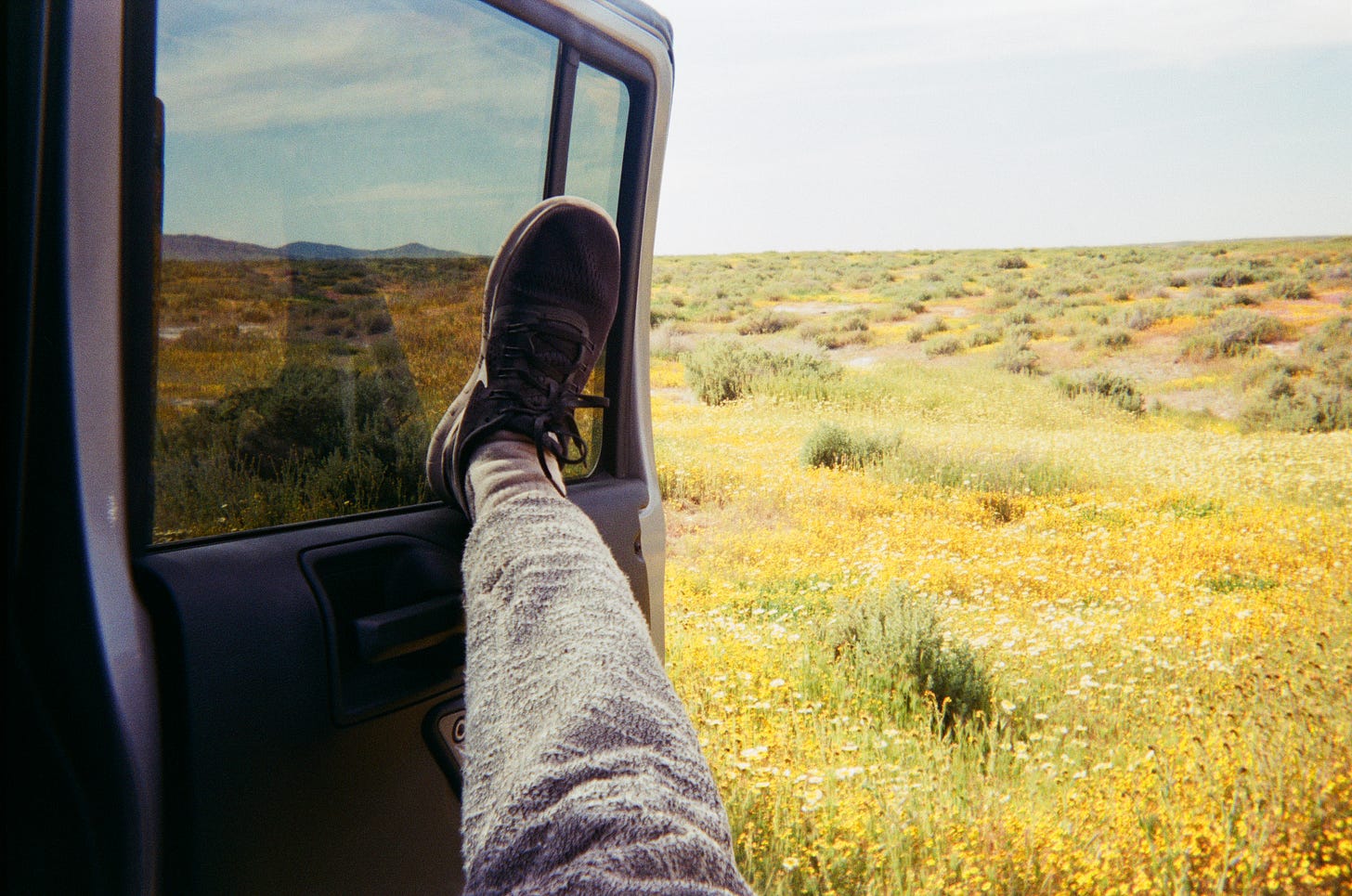About Michelle
I’m a design researcher, educator and artist living and working in Toronto, Canada. I’ve done research for government policy, Fortune 500 Companies and taught Needfinding and design research at Stanford and Berkeley; I’ve also had the peculiar honor of being nominated for a Grammy with a choir I was in once.
Beyond all that, though, I’m just synthesizing my twenties slowly, feeling acutely the lack of social fabric around me and trying not to drift off into space. I’m stubborn about the power of good ideas, but not so naive to think they can fight for themselves. Sundog, this writing project, is me going into the ring for my ideas, and for the belief that knowledge that helps us better understand the world and each other should be freely accessible and easily understood.
What’s a Sundog?
A sundog, also called a parhelion, is a meteorological phenomenon in which an ice halo forms around the sun, often showing up as twin rainbow smudges that flank it. Sundogs are subtle, and when you see one, you often have to ask yourself, is that really there or am I just imagining it?
Many phenomena that affect us — particularly cultural ones — are so subtle and hard to see that we miss them even when they are in front of our faces. But at the perfect confluence of space and time, they can suddenly become clear.
This writing project is about catching sundogs, and spending time with them in order to better understand the miraculous, grace-filled world we share.
In this project, I’ll write mainly about these things:
Personal Essays
Cultural Psychology
Qualitative Design Research (Needfinding)
Art / Cultural Criticism
Design, Design Thinking and Innovation
Personal Essays and Travel Stories
Systems Thinking and Education
Marx and Contemporary Leftism
Ultimately, the best way to get a sense for the project is to pick an essay title that speaks to you and start reading.
Subscribe and Share
If you are enjoying following along, please consider subscribing. Subscribers get the missive in their inboxes, and it also helps me get a sense of who’s reading. Over time, it may even allow us to build a small community where we can build on each other’s ideas, make new connections and continue to do interesting work.
Finally, by Canadian “hero of weird” Anne Carson:
“Part of what you enjoy in a documentary technique is the sense of banditry. To loot someone else’s life or sentences and make off with a point of view, which is called ‘objective’ because you can make anything into an object by treating it this way, is exciting and dangerous. Let us see who controls the danger.”




